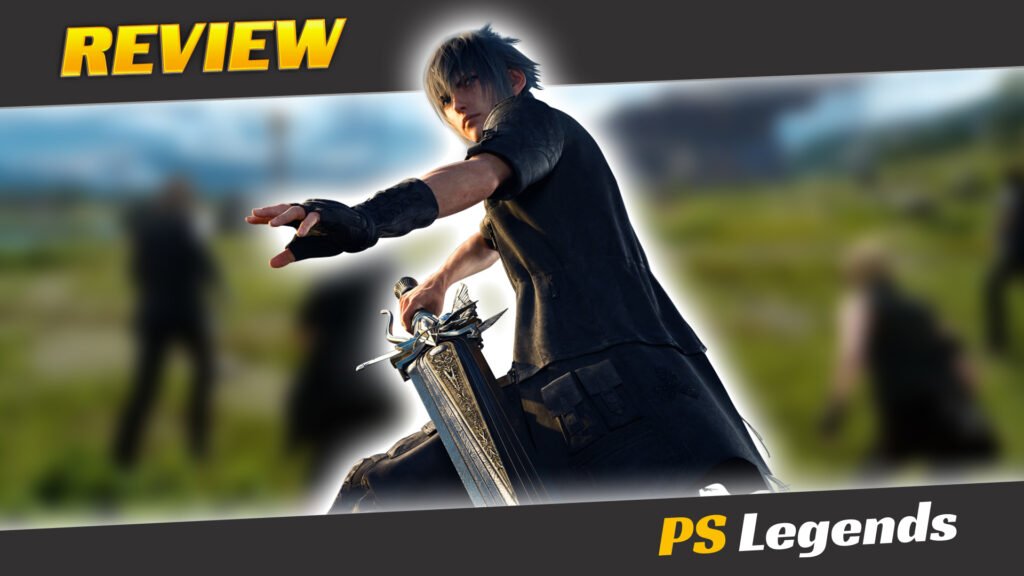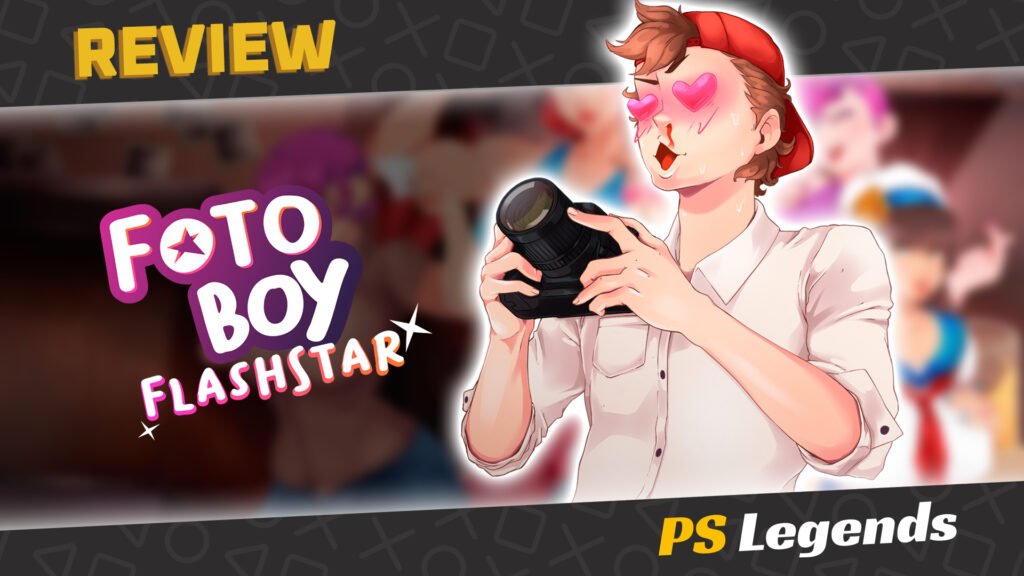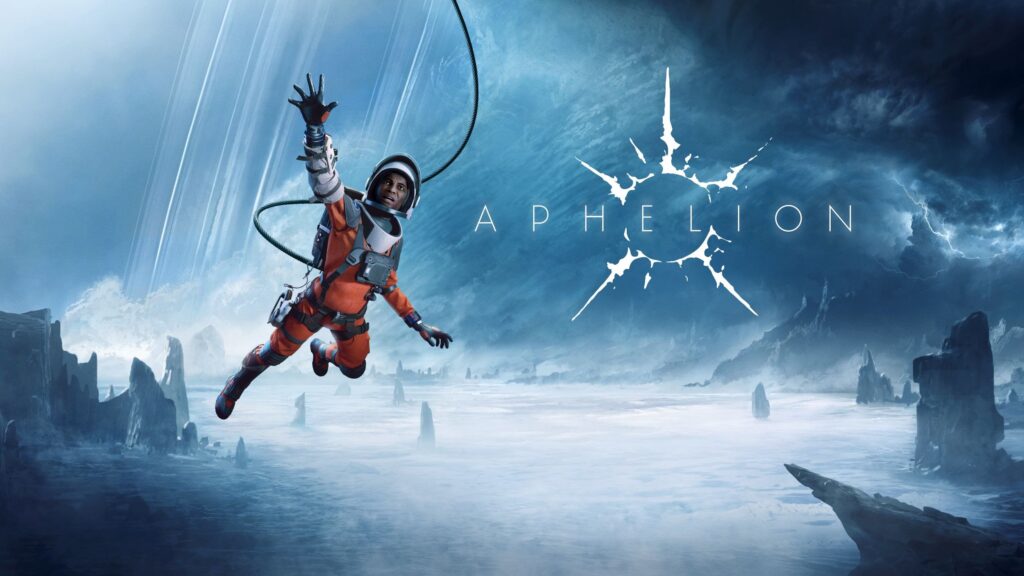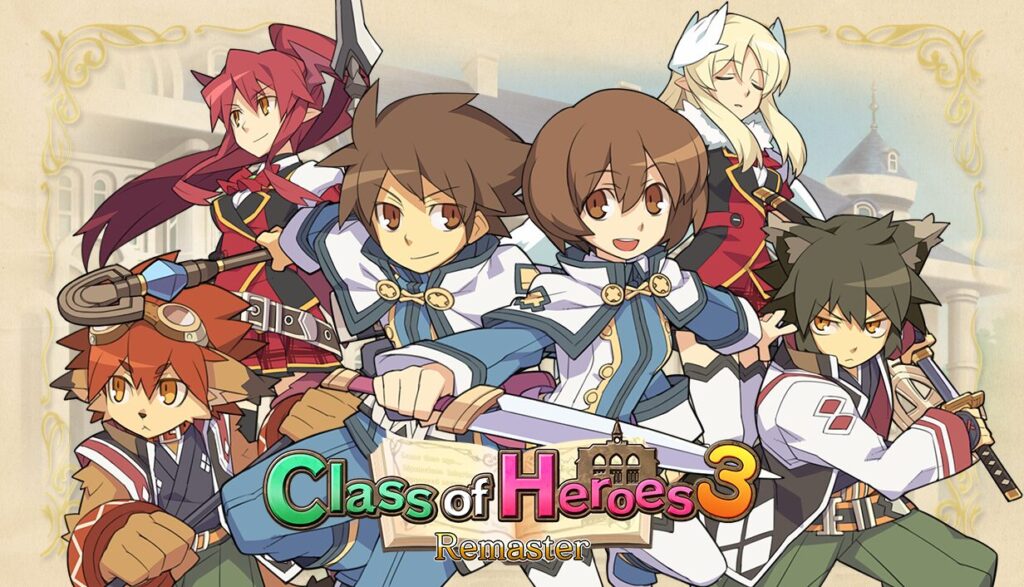With my fondness for (most) Final Fantasy games and my side goal of finishing off games in my collection with loose ends, a return to Final Fantasy XV seemed inevitable. It also serves as my third Final Fantasy platinum trophy after VII and VIII, a reasonable substitute since Final Fantasy IX is nigh on impossible to master.

Introduction
The development of Final Fantasy XV is a complex one, fraught with a multitude of stops and starts. The game’s production began in 2006 as a PlayStation 3 spin-off titled Final Fantasy Versus XIII. Tetsuya Nomura served as the original director and character designer. After a development period of six years, it was changed to the next mainline title in the series in 2012. Nomura was replaced as director by Hajime Tabata, and the game shifted to eighth-generation platforms.
Due to the significant changes, the story needed to be completely rewritten, and some scenes and characters were repurposed or removed entirely. The setting of Final Fantasy XV was a fantasy based on reality,’ with locations and creatures based on elements from the real world. The game itself took on a number of firsts for the series, marketing itself as’ a Final Fantasy for fans and first-timers’.
To supplement the game, Square-Enix created a multimedia project called the ‘Final Fantasy XV Universe,’ which includes several spin-off games, an anime series, a prequel feature film starring Lena Headey and Sean Bean, and a follow-up novelization.
Story-based DLC was released between 2017 and 2019, though many were quick to notice that the key story elements explored during these DLC episodes ran concurrently with the main game. As such, many have argued that this key content should have been included as part of the base game content rather than as chargeable extras. Sadly, more criticisms would follow.

Story
Final Fantasy XV takes place in the Earth-like world of Eos, which is divided between four nations: Lucis, Accordo, Tenebrae, and Niflheim. Lucis, occupying a whole landmass, possesses a magical artifact known simply as the Crystal, gifted to the reigning Caelum dynasty by the world’s celestial deities and accessed through the hereditary Ring of the Lucii.
Accordo, located in the southern part of Eos, is an island nation formed through a union of free trading cities. The western continent is home to the technologically advanced empire of Niflheim and the nation of Tenebrae, which is primarily ruled by the Oracle, a priestess who can commune with the gods. The Oracle’s main task is curing the Starscourge, a phenomenon that absorbs all-natural light and turns those infected by its accompanying curse into hostile nocturnal monsters known as Daemons.
Central to the lore of Eos are the Astrals, six divine beings who serve as the guardians of the natural world and are based on summoned monsters from the Final Fantasy series. There also exists a legend of the one ‘True King’, a prophesized figure set to appear when the Starscourge threatens to plunge Eos into eternal night.
For centuries, Lucis has been at war with the militaristic Niflheim, who seeks to unify the world by any means necessary. To that end, Niflheim has subjugated most of Eos, including Accordo and Tenebrae, though Tenebrae retains limited political autonomy due to the Oracle’s influence. Only Lucis’ capital city of Insomnia remains unconquered due to the use of the Crystal’s power, a power which is slowly draining the current king’s life force.
At the game’s beginning, an armistice is declared between the two nations due to the king’s failing health. As part of the peace agreements, Niflheim will gain control of all Lucian territories outside Insomnia, and a marriage is arranged between the heirs apparent of the royal families of Lucis and Tenebrae, forming a mutually agreed alliance.
Prince Noctis and his three companions begin their journey to Altissia, the capital of Accordo, where Noctis’ wedding to Tenebrae’s Oracle, Lunafreya, will take place. Finding the local boat services stopped, they receive news of Niflheim’s attack on the city of Insomnia and the theft of the crystal shortly after their departure. King Regis has been assassinated, and both Noctis and Lunafreya are falsely declared dead.
However, the show must go on. Noctis and childhood sweetheart Lunafreya’s wedding must proceed if they hope to unify their nations, though the pair will have to make more than a few stops on the way to Altissia. Lunafreya must complete a pilgrimage across the land to locate the colossal god-like Astrals and persuade them to lend their power to Noctis, allowing him to retake Insomnia.
Protagonist Noctis is tasked with retrieving the Royal Arms, the magical weapons of past Lucian kings which will grant him the combined strength and spirit of his predecessors, to rescue the Crystal and reclaim his throne. Prince Noctis, his oldest friend Prompto, bodyguard Gladiolus, and butler Ignis certainly have a lot to do and very little time to do it. Fortunately, Niflheim’s freelance strategist Ardyn is hanging around and doesn’t mind pointing Noctis in the right direction. Piece of cake, right?

Gameplay
Final Fantasy XV is an open-world action role-playing game where players take control of protagonist Noctis Lucis Caelum during his journey across the world of Eos. While accompanied by his three companions, Gladiolus, Ignis and Prompto, Noctis is the only character directly controlled by the player until the relevant skills are unlocked much later in the game when sadly it feels largely pointless.
Noctis can navigate the world by walking or running, jump over small obstacles, sprint for a limited time, and perform context-based actions such as taking cover behind objects. During some story sequences, dialogue choices appear for Noctis, with the selected option altering the response from NPCs. The game also contains two difficulty modes, with players being able to freely switch between the two.
The kingdom of Lucis is a large, mixed-terrain landmass that can be explored on foot, by using the party’s car, the Regalia, or by chocobos, the recurring giant birds in the Final Fantasy series. The Regalia can also be modified by the player, granting improved performance and features. The Regalia can be driven either manually or automatically and must be periodically refuelled at petrol stations.
The party can also fast-travel to areas already visited on the world map. In towns which the party can visit, there are inns or hotels where they can stay, shops where items and equipment can be purchased with the recurring in-game currency, Gil, and local non-playable characters (NPCs) who can sometimes provide information on main story missions and/or side-quests.
The game uses an action-based real-time battle system. Instead of using a menu interface, the player selects commands directly mapped to buttons on the controller, such as ‘Attack’, ‘Defend’, and ‘Item’ use. Battles take place within the current environment without transitioning to a separate arena and can range from open fields and rough terrain to indoor corridors and enclosed caves.
When approaching enemies, a threat meter appears on the top of the screen, increasing the closer the party gets to the enemy. The battle begins when the party gets close and attacks or is detected. Running away from enemies and out of the combat zone in normal battles ends combat.

HP is depleted when a character is attacked, while Noctis’ MP recovers over time when not in combat or when not using associated abilities such as blade-warping or special weapon skills. If a character’s current HP reaches zero, they enter Danger Mode, during which their maximum HP cap steadily decreases, however the character is only actually defeated when all of their maximum HP is lost. If Noctis is defeated, there is a generous window of a few seconds where a revival item must be used. A ‘game over’ won’t occur unless the player fails to or chooses not to revive Noctis.
Noctis can perform four actions in battle. These are standard attacks, defending to block and parry attacks, warping which takes Noctis to a targeted area such as another enemy or an out-of-the-way warp point, and using items. There is a ‘Wait Mode’ option available, where if all player input stops, the battle pauses, and players are able to select new enemies to attack or actions to take within a time limit.
Noctis can find and equip a range of weapons, including single and dual-handed swords, halberds, axes, daggers, and firearms. The weapons impressively appear from thin air as Noctis magically summons them as he fights, and they can be manually shifted by the player. The type of weapon equipped determines the speed and damage of normal attacks. In addition to normal attacks, there are attacks that deal more damage based on Noctis’ position such as a ‘Blindside’ in addition to the brilliantly flashy Warp Strike attack, or a powerful special attack with the collected Royal Arms called the ‘Armiger’.
Magic has three categories: Elemancy, Arcana and Summoning. Elemancy is separated into three elements, Fire, Ice and Lightning. Arcana is accessed when Noctis has acquired and equipped a story-related item called the Ring of the Lucii, which has access to more powerful magical abilities such as ‘Death’, which drains an enemy’s health.
After a certain point in the game, Noctis can call upon giant summoned monsters called Astrals, which aid the party by using catastrophic screen-clearing attacks. The summons featured are series regulars including Titan, Ramuh, Leviathan and Shiva. Their types of attack, and even whether they can assist at all, is entirely dependent on the environment. For example, Leviathan can only be summoned in the open when there is a body of water nearby, while Titan is more commonly found in rocky or desert terrain.
After each battle, characters earn experience points (EXP) but they do not automatically level-up when a certain amount of EXP has been gathered. Instead, the party must go to safe zones called ‘Havens’ to sleep, namely rest-sites like inns or campsites. When the party rests at night, each character gains levels depending on the amount of EXP earned. If defeated in battle, all EXP gained up to that point since the last level-up is lost. Activities completed in the game earn the party Ability Points (AP). AP is spent on the Ascension Grid, the game’s power-up system, which is divided into skill trees called ‘Astralspheres’.
Noctis’ and his companions each have their own skills which level-up based on their usage. Noctis’ fishing ability improves the more times he fishes. Gladiolus’ Survival skills increase based on the distance the party has travelled in a day. Ignis’ cooking can be improved based on ingredients either purchased at shops or found in the wild, and his meals grant stat boosts to the party. Prompto takes photos during the party’s journey, and the quality of his own skills increases over time.

Graphics/Sound
Final Fantasy XV looks absolutely gorgeous, particularly its beautifully detailed and diverse sandbox world and its flashy yet stylish combat. Battles are stunning, magical spectacles of shimmering blades and flying sparks, while scenery is a fusion of styles, from verdant green pastures to twisted alien hellscapes.
The greatest asset for me was the soundtrack. Square-Enix have really outdone themselves here by ditching the over-simplified midi tracks of yesteryear and going full orchestral, with music that both suits the mood and really gets the adrenaline pumping in combat. ‘Stand Your Ground’ could be my favorite Final Fantasy battle theme yet.
The voice acting is a little hit-and-miss. Exaggerated accents and gravel spoil natural tones and feel a bit forced, while lip-syncing has occasional slip-ups. You’ve also got the bizarre choices of scripted dialogue since your team members use up valuable voiceover budget talking irrelevant trash, with abusive bodyguard Gladiolus bullying his team members, butler Ignis trying to teach you how to cook, and the less said about Prompto, the better. Surely, this dialogue would be better used in fleshing out the thin plot.

Replayability/The Platinum Journey
For the trophies, you’ll need to finish the game as thoroughly as possible. To meet the required criteria, you must collect a set of thirteen mystical weapons, defeat a super-boss (use that Ring of Lucii), and max out each party member’s unique skill experience. The latter takes up the most time.
I’m a pretty patient person, but the grind killed the game for me for over four years. After exploring every corner of the map, making countless meals, and taking many photos, I didn’t have the energy to catch a hundred fish. It’s done now, but it brought back all those memories of how conflicted the game makes you feel about it.

Conclusion
Despite the series’ popularity, there’s a lot to dislike with Final Fantasy XV. My biggest concern is, even now over five years after release, the game still feels so unfinished, with paid DLC patched in to cover the side-stories of characters who temporarily leave your party which really should be part of the main story. Then there’s a sequel novel that provides a more desirable canon ending.
Even if you invest in the DLC, there’s still a lot of missing character content, such as love-interest Lunafreya’s pilgrimage and conflicted mercenary Aranea’s own mission while protagonist Prince Noctis spends a hell of a lot of time procrastinating as his homeland is under siege. It all feels a wee bit sexist too since interesting, powerful female leads are pushed onto the sidelines in favour of an all-male party, of which only really Noctis is the centre of attention. It left me wondering what I was missing.
This leaves us with the groundwork for an amazing story which simply isn’t told in a satisfying way. It can feel like a broken mess at some points and a masterpiece in others. There’s a strange sense of priority about everything, since Noctis and crew can waste their days driving around the country, taking photos and fishing, when they really have far more pressing matters to attend to, such as attending Noctis’ own wedding and liberating their homeland. No pressure guys.
Cutscenes are short enough to feel over-edited. Supporting characters such as the spirit guide Gentiana are so poorly introduced, and even the invading Magitech soldiers and god-like Astrals remain cruelly mysterious even by the end of the game. As hard as I’m being on the game for its lazy storytelling and questionable characters, I’m afraid there are still more flaws to follow.
The controls often feel unresponsive as you repeatedly mash buttons, hoping an Astral might answer your call or Noctis’ magical Ring of Lucii will grant you its full power. It really needs more refinement. There’s a lot to criticize here, and, as such, it’s a game that’s very easy to hate… and yet I don’t hate it. The open-world gameplay makes for a refreshingly free experience that works well for a while until you finally make your way to Altissia, and the game becomes largely linear, setting you up for the final six hours of cinematics and boss fights leading up to the climax.
It’s a very mixed experience. It looks and sounds phenomenal while the gameplay and story elements lack a lot of refinement. I do see the potential here though, and taking inspiration from the sequel novel, I can’t help but feel a sequel set around Lunafreya’s pilgrimage and what comes after could deliver a far more impressive story utilising components already in place here. Maybe salvage something from the wreckage; The groundwork is certainly there.
Joys
- Gorgeous visuals
- Stunning soundtrack
- Interesting world that mixes fantasy and reality
Cons
- Fractured story across many mediums
- Noticeable beginning-middle-end pacing
- Feels unfinished overall




